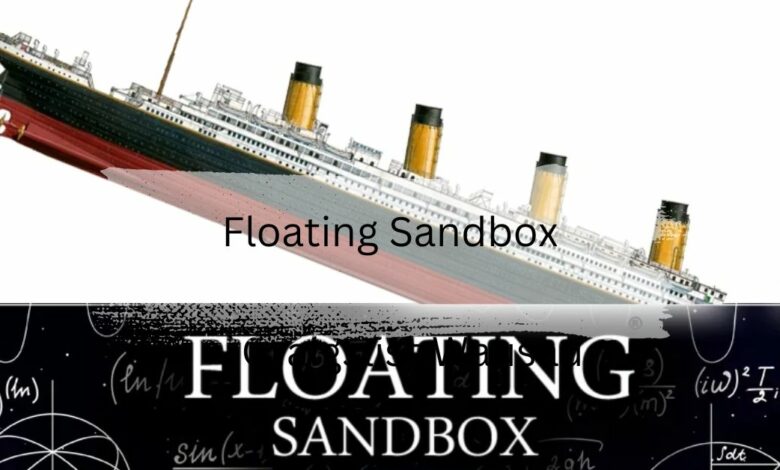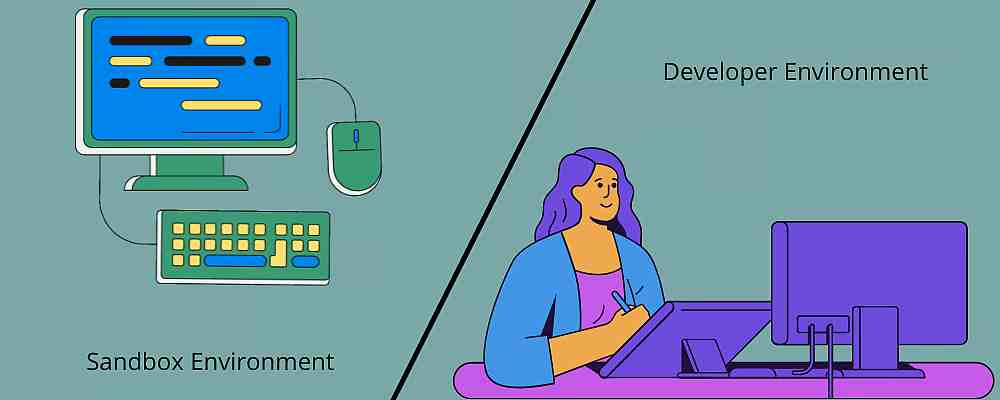Floating Sandbox – Uncover The Facts Effortlessly!

Exploring the floating sandbox felt like rediscovering my childhood fascination with the ocean’s mysteries, as I marveled at the digital recreation of waves and currents, lost in a world where imagination meets reality.
The floating sandbox is a software application simulating fluid dynamics, offering users an immersive experience for experimentation and exploration. It finds applications in education, engineering, architecture, and creative expression.
Embark on an adventure with us into the captivating world of the floating sandbox, where imagination knows no bounds and the mysteries of fluid dynamics await your exploration. Join us as we journey through virtual waves and currents, discovering the wonders that lie beneath the surface.
Understanding The Floating Sandbox – Click For A Detailed Breakdown!

At its core, a floating sandbox is a software application that simulates the behavior of fluids in a virtual environment. It allows users to interact with various elements such as water, sand, and other substances, observing how they react and flow in response to external stimuli.
These simulations are powered by sophisticated algorithms that replicate real-world physics, offering users an immersive experience ranging from educational to entertaining. Central to the functionality of a floating sandbox are the sophisticated algorithms that power its simulations.
These algorithms are meticulously crafted to replicate the complex interactions that govern the movement and behavior of fluids in the real world.
By leveraging principles from disciplines such as fluid mechanics, thermodynamics, and computational physics, these simulations achieve a level of accuracy that is both astonishing and enlightening.
As users immerse themselves in the virtual realm of the floating sandbox, they are presented with many opportunities to observe and experiment with fluid dynamics.
From the gentle flow of water to the dynamic behavior of granular materials like sand, every element behaves according to the laws of physics, responding realistically to external stimuli and environmental conditions.
Whether it’s creating intricate wave patterns, studying the effects of buoyancy, or observing the behavior of particles in a turbulent flow, users are afforded a level of interactivity and engagement that is truly unparalleled.
Furthermore, the versatility of floating sandboxes extends beyond mere observation, allowing users to actively manipulate and control their virtual environments.
Through intuitive user interfaces and powerful editing tools, individuals can modify parameters, introduce external forces, and even design custom scenarios to explore various phenomena.
This hands-on approach fosters a deeper understanding of fluid dynamics and encourages creativity and experimentation.
Origins And Evolution – Get Informed In Just One Click!

The concept of floating sandboxes traces back to the early days of computer graphics and simulation technology.
As computing power advanced, so too did the complexity and realism of these simulations. What began as simple experiments evolved into intricate systems capable of modeling fluid behavior with remarkable accuracy.
One of the pioneering examples of a floating sandbox is the popular software “Phun,” developed by Emil Ernerfeldt in the mid-2000s. Phun gained widespread attention for its intuitive interface and realistic physics engine, allowing users to create and manipulate virtual environments easily.
Since then, numerous other floating sandbox applications have emerged, each offering its unique features and capabilities. One pivotal moment in the evolution of floating sandboxes came with the emergence of “Phun,” a groundbreaking software developed by Emil Ernerfeldt in the mid-2000s.
Phun captivated audiences with its revolutionary approach to physics simulation, offering an intuitive interface and a robust physics engine that unprecedentedly brought virtual environments to life.
Users were empowered to create and manipulate digital landscapes, experimenting with the behavior of fluids and observing their interactions with other elements in real time.
The success of Phun sparked a surge of interest in floating sandboxes, prompting developers worldwide to explore and expand upon the possibilities of fluid simulation.
In the years that followed, many new applications emerged, each with its unique features and capabilities.
From open-source projects like “Algodoo” to commercial offerings such as “Simsand” and “Powder Toy,” the landscape of floating sandboxes became increasingly diverse, catering to a wide range of users and use cases.
In addition to standalone software applications, floating sandboxes found a home within larger ecosystems of simulation and gaming platforms.
Engine frameworks like Unity and Unreal Engine provided developers with powerful tools for building immersive experiences that incorporated fluid dynamics and other interactive elements.
These platforms democratized access to advanced simulation technology and facilitated the creation of rich, interactive content for entertainment, education, and beyond. The evolution of floating sandboxes has been propelled by advances in both hardware and software technology.
Applications And Uses Of Floating Sandbox – Explore The Complete Story Here!

The versatility of floating sandboxes lends itself to various applications across various industries and fields. In education, these simulations are invaluable tools for teaching fluid dynamics, buoyancy, and hydrodynamics concepts.
Students can conduct virtual experiments, observe phenomena such as waves and currents, and understand how fluids behave in different scenarios. Beyond education, floating sandboxes find engineering, architecture, and product design applications.
Engineers can use these simulations to test the performance of fluid systems, analyze the impact of changes to a design, and optimize processes for efficiency. Architects can explore the effects of water flow on building structures, helping them create more resilient and sustainable designs.
Artists and hobbyists can find inspiration in floating sandboxes, using them as creative outlets to design stunning visualizations and animations. Beyond the classroom, floating sandboxes find widespread applications in engineering, where they simulate and analyze fluid systems’ behavior in various contexts.
Engineers across disciplines such as mechanical, civil, aerospace, and environmental engineering rely on these simulations to test the performance of designs, optimize processes, and mitigate risks.
Whether it’s designing more efficient cooling systems for electronics, optimizing the aerodynamics of vehicles, or simulating the flow of water in hydraulic structures, floating sandboxes provide engineers with invaluable insights and tools for innovation.
Similarly, architects leverage floating sandboxes to explore the dynamic interactions between water and built environments, informing the design of resilient and sustainable structures.
By simulating phenomena such as water flow, erosion, and flooding, architects can assess the impact of environmental factors on building performance and develop strategies to enhance resilience and mitigate risks.
Floating sandboxes empower architects to create spaces that harmonize with their natural surroundings, from designing flood-resistant infrastructure to integrating water features into urban landscapes.
FAQ’s:
1. How accurate are floating sandbox simulations compared to real-world physics?
Floating sandbox simulations strive for realism, but they are ultimately simplified models of complex phenomena. While they can provide valuable insights and predictions, they may not always perfectly match real-world observations.
2. Can I simulate specific types of fluids in a floating sandbox?
Many floating sandbox applications offer options to simulate various fluids, including water, oil, and even non-Newtonian substances like lava or slime.
3. Are floating sandboxes suitable for professional use or primarily for entertainment?
Floating sandboxes have applications in both professional and recreational settings. While they can be used for educational purposes and experimentation, they also serve as valuable tools for engineers, scientists, and designers.
4. Can complex phenomena, such as weather patterns or ocean currents, be simulated in a floating sandbox?
While some floating sandbox applications focus on fluid dynamics, others may incorporate additional features to simulate more complex phenomena. However, the level of detail and accuracy may vary depending on the software.
5. Can I create my simulations and share them with others?
Many floating sandbox applications allow users to create and share their simulations with the community. This fosters collaboration, creativity, and the exchange of ideas among users.
Conclusion:
The floating sandbox, a computer program mimicking fluid dynamics, provides users with an interactive environment for both experimentation and exploration. It is utilized in various fields, such as education, engineering, architecture, and artistic endeavors.




